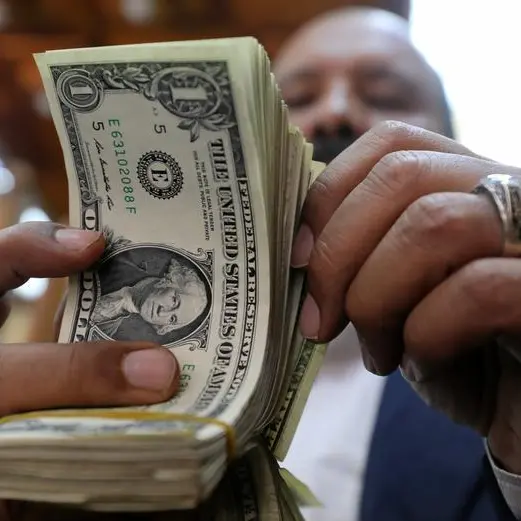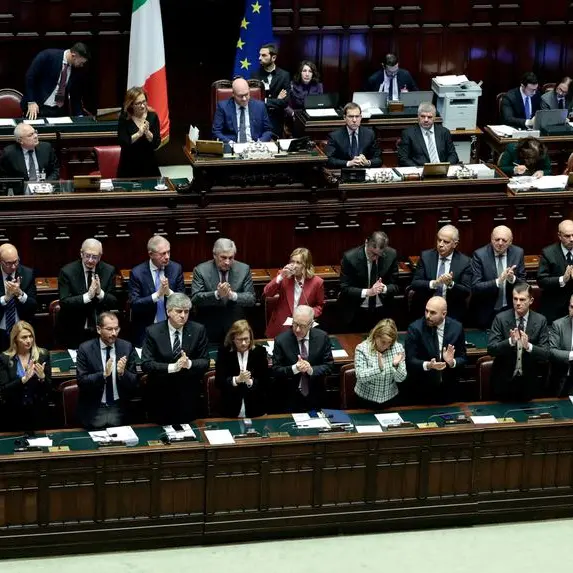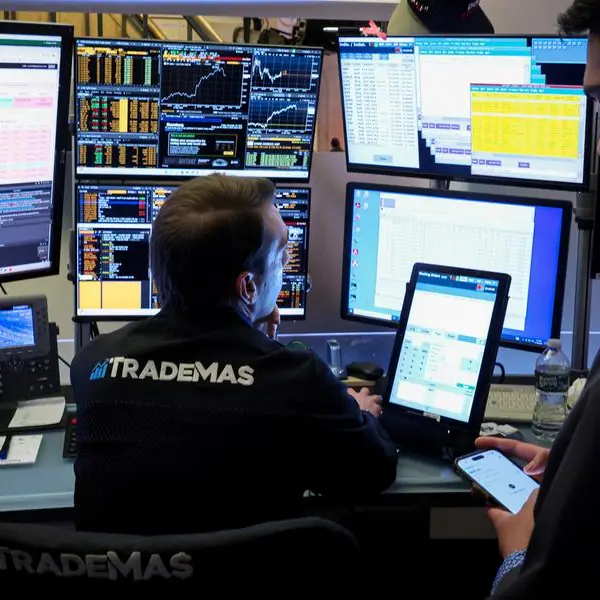PHOTO
FRANKFURT - A big interest rate cut from the U.S. Federal Reserve on Wednesday raised bets on further policy easing at the European Central Bank in October but this is still not the most likely outcome given different economic realities.
The ECB has already cut interest rates in June and earlier this month, and many at the bank have hinted at steady, quarterly rate cuts ahead to make sure inflation is defeated on a durable basis.
While the Fed's apparent rush lends some support to arguments that the ECB is falling behind the curve given rising recession risks, the fundamental economics have not changed overnight, so policy hawks on the Governing Council can make an argument for waiting until December.
"That the ECB needs to cut in October because of what the Fed did is a ridiculous argument that wouldn't fly on the Governing Council," Dirk Schumacher, an economist at Natixis, said.
"The only way to argue that is to say that it (the Fed cut) will change euro zone data and that may be the case but we haven't seen it yet."
This is also reflected in market pricing, which now sees a 35% chance of a 25 basis point deposit rate cut in October, up from 30% a day ago, a small but still notable shift that leaves December as the most likely date for an ECB move.
The ECB is likely to take it slower because it has a lot less to do.
It has five, maybe six 25-basis-point cuts until it reaches a "neutral" interest rate level at around 2.0% or 2.25%, according to various estimates that include the ECB's own.
The Fed meanwhile has probably eight such reductions until then, so the world's top two central banks might still reach their end point of policy easing at the same time.
Then there are the fundamentals.
Euro zone inflation, now at 2.2%, could tick up towards 2.5% by the end of the year and will likely come down only slowly to 2% by the final weeks of 2025 as entrenched wage pressures push up services costs.
This is why conservative policymakers, or hawks in market jargon, have cautioned against moving too fast.
Slovakia's Peter Kazimir has already pushed back on October while influential rate setters Isabel Schnabel and Klaas Knot have both in the past made the arguments that quarterly moves to coincide with fresh projections made sense.
"Inflation is currently not where we want it to be," Bundesbank chief Joachim Nagel said on Wednesday.
Conservatives, who drove a record string of rate hikes in 2022 and 2023 are still likely to be in a majority and that is why markets are not repricing ECB moves after the Fed decision.
"Ultimately, the louder hawks should keep markets reluctant to price in more ECB easing, despite the Fed’s dovish influence," ING's Francesco Pesole said.
Hawks argue that wage growth remains too quick for comfort.
Labour costs rose by 4.7% in the second quarter, well above the 3% considered consistent with the ECB's inflation target, and unions continue to demand big wage hikes to compensate for real income losses.
The ECB also gets only few pieces of really relevant data in the four weeks until its Oct. 17 meeting.
Wage and growth figures only come in the lead up to December, when new projections are also published. This leaves the ECB with second tier figures, such as survey data on lending and corporate intentions, to go by.
These softer indicators would then have to show a big deterioration for policymakers to preempt their own projections with a rate cut.
DOVES
Still, policy doves, mostly from southern Europe, keep making the case for quicker policy easing.
Mario Centeno, Portugal's central bank chief and the most outspoken policy dove, argues that the growth outlook is deteriorating so quickly that the ECB could undershoot its inflation target unless it moves fast.
"Given the position in which we are today, in the monetary policy cycle, we have really to minimize the risk of undershooting, because that's the main risk," Centeno told Politico.
Doves argue that growth is faltering, industry is in recession, consumption is weak and people are boosting their savings, perhaps out of fear of an economic downturn.
These factors are all deflationary and create downside risks for price growth.
They also say that inflation will fall to target in September and, even if there is an uptick in the months ahead, the spectre of rampant inflation has been defeated, especially because energy prices remain muted.
(Reporting by Balazs Koranyi Editing by Christina Fincher)























